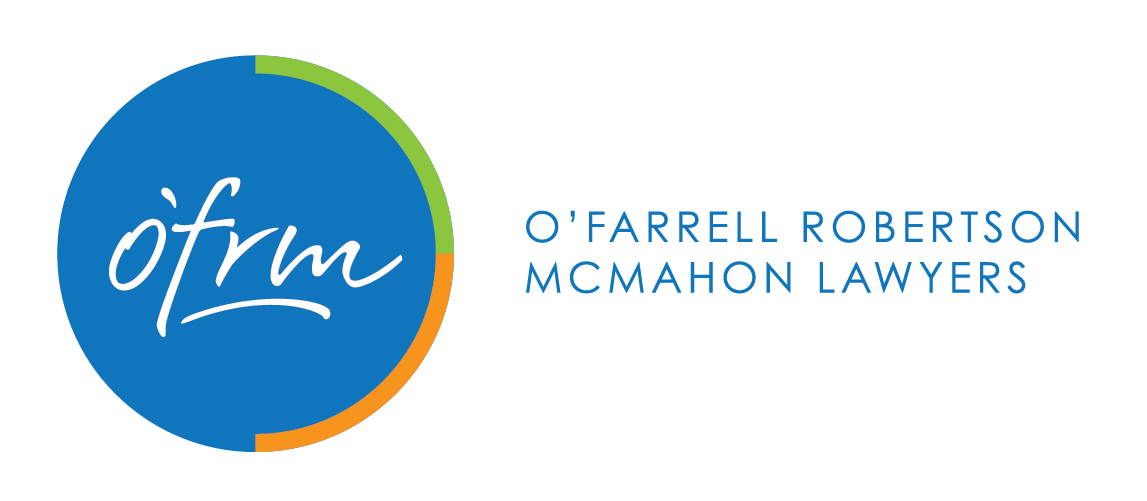Removing restrictive covenants
Now that Meg Gilbert has explained what a Restrictive Covenant is and how it can affect your use and enjoyment of a property you are probably wondering can you get it removed or varied if you need to?
The answer is yes, but only in some circumstances and one of these three ways:
- Apply to the Supreme Court for an order under section 84 of the Property Law Act 1958
- Amend the planning scheme under Part 3 of the Planning and Environment Act 1987
- Apply for a planning permit under Part 4 of the Planning and Environment Act 1987
I won’t spend much time on option 2 because this option is rarely appropriate as planning scheme amendments usually affect a large area and require a range of strategic matters to be considered. Accordingly this method isn’t usually used to remove covenants on individual lots at the request of the owner, unless other changes to the planning scheme (such as a rezoning of the land) are also proposed.
The first step for options 1 & 3 is to work out who the beneficiaries of the covenants are. The beneficiaries are the people who are protected or benefited by the restrictive covenants; the beneficiaries can range from just your next door neighbour through to all people in the 100-lot subdivision you are in, from there you need to look at the tests and process for each option and determine the best one for you.
As an interesting aside, local councils are not responsible for enforcing covenants, it is the beneficiaries that must take enforcement actions. The impact of a restrictive covenant on councils is to restrain them granting a permit which would breach it.
The simplest example of this is the further subdivision of a block. You need a permit to subdivide the block, the covenants state that there can be no further subdivision of the block and accordingly your local council cannot grant that permit until the covenants are varied or removed to allow further subdivision of that block. So you, with the assistance of your lawyer, need to decide which option to use to seek a variation or removal of the covenant.
For option 1, there are three circumstances in which the court may vary or remove a restrictive covenant which I have simplified as follows;
- That the character of the property or neighbourhood or some other material change has occurred that means the restrictive covenant is obsolete or impedes the use of the property without obtaining a benefit for the beneficiary; or
- That all adults beneficiaries with capacity have agreed to the restrictive covenant being removed or varied, this can be positive, such as written agreement, or by act or omission, for example not taking action to prevent continual breaches of the covenant; or finally
- That the proposed removal or variation will not be to the substantial detriment of any beneficiary, including loss of value or amenity.
The process for Option 3 is very similar to any other application for a planning permit from the local council but with special requirements to be taken into account by the council. Those requirements are determined by the age of the Covenants themselves and are simplified as follows;
- For covenants registered on or after 25 June 1991, you must satisfy the council that any beneficiary will be unlikely to suffer material detriment, including financial loss or loss of amenity if the covenant is varied or removed before they will grant the permit; and
- For covenants registered before 25 June 1991, council cannot grant the permit if any beneficiary objects or may suffer any detriment of any kind even if they didn’t object, this is a very stringent test as it will be difficult to satisfy the council that there would be absolutely no detriment.
As you can see the option which is best in your circumstances will be affected by a number of factors including the variation sought, the age of the covenants and the number of beneficiaries and it is essential that you seek advice early in the process to determine the best option. Plus, you never know, some covenants have a lapse date after which you are no longer bound by them. If you have any concerns regarding restrictive covenants and your proposed use or development of your property please make an appointment to come in and see me by calling 03 5445 1000.
